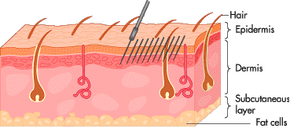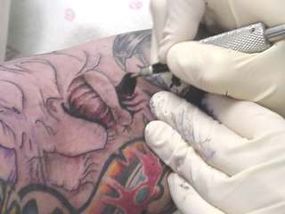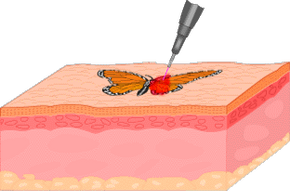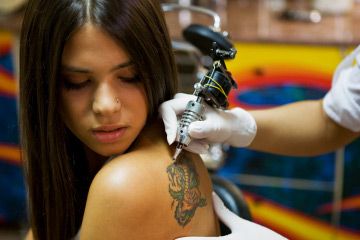So you didn't believe your Mom when she said you'd regret getting that tattoo -- the multicolored, fire-breathing dragon that starts at the small of your back, reaches up to your shoulder blades and wraps its orange flames around your biceps. Now, a mere seven years later, you have a shot at a terrific job in banking, still one of the more conservative businesses around, and you are concerned that your symbol of youthful self-expression could create problems in your new career.
Well, you're not alone. Tattoos have become part of American mainstream culture over the past couple of decades. Some estimate that more than 10 million Americans have at least one tattoo, and there are about 4,000 tattoo studios now in business in the United States (Read about the history of tattoos in How Tattoos Work). One busy physician who specializes in tattoo removal -- he's removed tattoos from some of the most famous tattoo artists -- estimates that about 50 percent of those who get tattoos later regret them. For years, these people had little recourse, and existing removal techniques were invasive (requiring surgery) and painful. But that's changing.
Advertisement
For more information about tattoos, read Tattoos: Fast Facts.
In this article, we'll examine how new laser tattoo removal techniques are helping people of all ages rid themselves of something that, for a variety of reasons, they no longer want on their bodies. (Falling out of love and wanting a no-longer-special person's name removed is the most popular reason cited, experts say!)<
Advertisement




